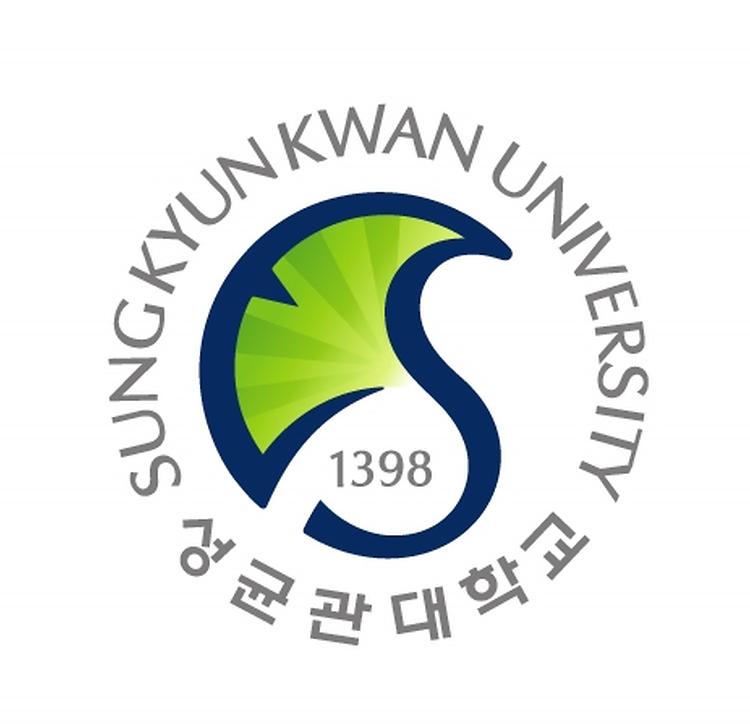 Department of Chemistry
Department of Chemistry
-
About
-
Research
-
Academics
-
People
-
Board
Seminar
Seminar
-

Scalable quantum simulation of molecular vibronic spectra with trapped ions
 2021년 3월 18일(목) 오후 4시 30분
2021년 3월 18일(목) 오후 4시 30분 Webex
Webex
- POSTED DATE : 2021-03-15
- WRITER : 화학과
- HIT : 3038
-

Investigating Enantioselective Catalysis Controlled by Phosphorus Ligands and N-Heterocyclic Carbenes
 2021년 3월 11일(목) 오후 4시 30분
2021년 3월 11일(목) 오후 4시 30분 Webex
Webex
- POSTED DATE : 2021-03-05
- WRITER : 화학과
- HIT : 3249
-

Surface analysis of catalysts by high-sensitivity Low Energy Ion Scattering (LEIS)
 2021년 3월 4일(목) 오후 4시 30분
2021년 3월 4일(목) 오후 4시 30분 Webex
Webex
- POSTED DATE : 2021-02-26
- WRITER : 화학과
- HIT : 3117
-

New Hypotheses Governing Complex Matter from Theory
 2020년 11월 6일(금) 오후 4시 30분
2020년 11월 6일(금) 오후 4시 30분 Webex
Webex
- POSTED DATE : 2020-11-05
- WRITER : 화학과
- HIT : 3686
-

Better Biosensing Platforms with Metallic and Non-metallic Nanoparticles for Biomedical Applications
 2020년 11월 5일(목) 오후 4시 30분
2020년 11월 5일(목) 오후 4시 30분 Webex
Webex
- POSTED DATE : 2020-10-30
- WRITER : 화학과
- HIT : 3761
-

Ionoelastomer Junctions Between Polymer Networks of Fixed Anions and Cations
 2020년 10월 19일(월) 오후 4시 30분
2020년 10월 19일(월) 오후 4시 30분 Webex
Webex
- POSTED DATE : 2020-10-15
- WRITER : 화학과
- HIT : 3970
-

High-affinity and controllable host-guest chemistry as a new supramolecular tool for biology and biomedicine
 2020년 10월 15일(목) 오후 4시 30분
2020년 10월 15일(목) 오후 4시 30분 Webex
Webex
- POSTED DATE : 2020-10-14
- WRITER : 화학과
- HIT : 3911
-

Multifunctional Inorganic Nanoparticles for Modulation of Hypoxic Microenvironments
 2020년 10월 13일(화) 오후 4시 30분
2020년 10월 13일(화) 오후 4시 30분 Webex
Webex
- POSTED DATE : 2020-10-12
- WRITER : 화학과
- HIT : 3733
-

Molecular designing in carbon-based nanomaterials and their catalytic and optical applications
 2020년 10월 6일(화)
2020년 10월 6일(화) WebEx
WebEx
- POSTED DATE : 2020-10-05
- WRITER : 화학과
- HIT : 3509
-

<K-BioX 글로벌 프로젝트> Secret guide to the forefront of Healthcare AI
 2020년 9월 15일(화) 오전 10시
2020년 9월 15일(화) 오전 10시
- POSTED DATE : 2020-09-02
- WRITER : 화학과
- HIT : 3636
 발전기금
발전기금



